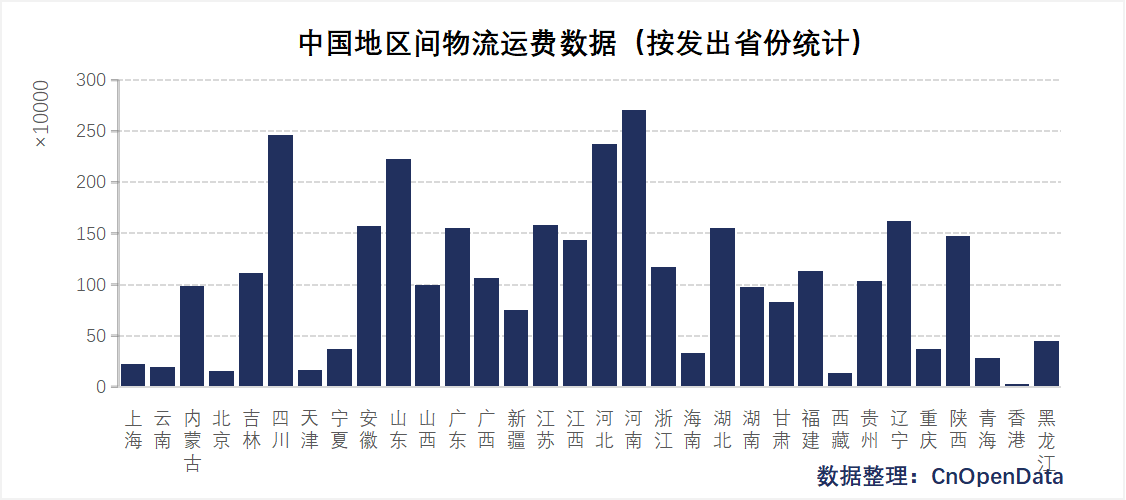The logistics industry, an integration of transportation, warehousing, telecommunications, and other sectors, serves as a cornerstone for ensuring the supply of social production and daily life. It is characterized as both a compound industry and a producer services sector. Driven by the rapid expansion of the information technology industry, e-commerce—centered on online transactions—has experienced explosive growth. E-commerce has emerged as a transformative economic model and modern circulation method that drives the primary industry, upgrades the secondary industry, and revolutionizes the tertiary industry. While reshaping consumption habits, e-commerce also fosters enhanced collaboration, efficient integration, and agglomeration within logistics segments. Conversely, interregional logistics freight information reflects the developmental status of e-commerce across different regions.
As a vital component of China's modern service industry, modern logistics exerts comprehensive positive impacts on improving national economic performance, optimizing economic processes, adjusting economic structures, expanding domestic demand, and enhancing social welfare. Temporally, modern logistics eliminates delays and interruptions, reducing inventory backlogs and stockouts in other industries, thereby accelerating production and circulation rhythms while optimizing economic processes. Spatially, it achieves effective linkage between production and consumption sites. By eliminating inefficient production, it optimizes resource allocation and industrial structures, promotes efficient and coordinated development of related industries, and enhances economic operational quality. Specifically, as a value-added activity in socioeconomic production, modern logistics manifests its functional value through four primary dimensions: time efficiency, spatial efficiency, value-added service benefits, and integration benefits.
CnOpenData has compiled nationwide interregional logistics freight information, encompassing freight data across various transport routes between cities and from districts/counties to cities operated by different logistics companies. This dataset also includes introductory texts of logistics companies, providing robust support for relevant research.
Data Scale

Time Period
2024.6–2025.8 (updatable upon request)
Field Display
Sample Data
城市间物流运费数据
区县至城市物流运费数据
Data Update Frequency
Monthly updates
